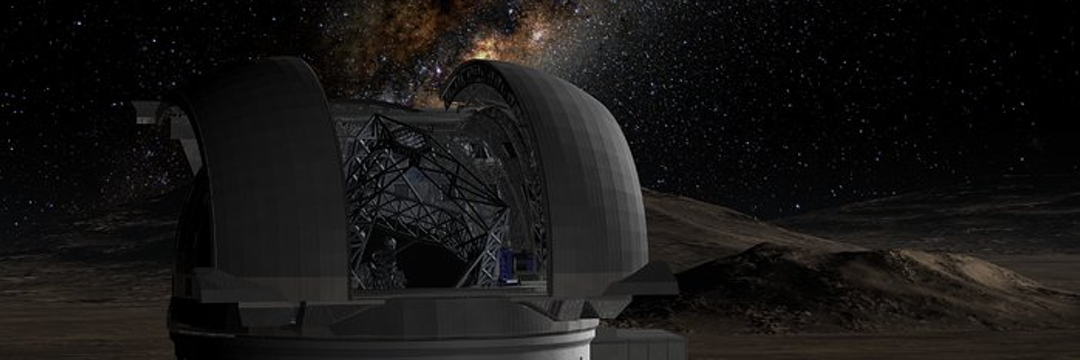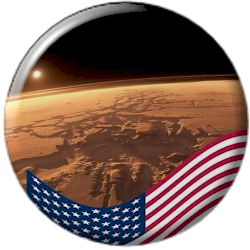
doi.org/10.1080/03115518.2025.2489614
Credibility: 989
#Antarctica
Fossils found in Australia hold clues to plants from the age of the dinosaurs, when the region was in the Antarctic Circle
Now, scientists have recreated what the environment was like where the so-called “polar dinosaurs” lived, using plant remains such as pollen and spores.
Today, Australia is an isolated island, but 120 million years ago, it was part of a huge landmass along with Antarctica, located in the Polar Circle.
At that time, dinosaurs inhabited this region, and a new study has revealed what the place where they lived was like.
Images created by scientists show that the “polar dinosaurs” walked through cool, humid forests, cut through by rivers and covered in large ferns.
These dinosaurs included small ornithopods, which ate plants and had beaks with many teeth, and small theropods, carnivorous dinosaurs that walked on two legs and often had feathers, Vera Korasidis, one of the study’s authors, wrote in an article in The Conversation.
“What is now Victoria, Australia, was within the Polar Circle, 80 degrees south of the equator, and spent months in darkness,” explained Korasidis, who is a professor of environmental geosciences at the University of Melbourne and a researcher at the Smithsonian’s National Museum of Natural History.
“Even in these harsh conditions, dinosaurs thrived there, leaving traces of their existence at numerous paleontological sites.” The amount of sunlight in Antarctica has not changed over the millions of years, but the climate in the age of the dinosaurs, called the Cretaceous (between 145 and 66 million years ago), was much warmer than it is today.
Temperatures were 6 to 14 degrees Celsius warmer on average, and there was no ice at the poles.
The early Cretaceous (140 to 110 million years ago) was one of the warmest periods in the past 500 million years, Korasidis says.
For many years, scientists have studied rocks containing dinosaur fossils in the state of Victoria, but they have also analyzed microscopic pollen and spores from plants that were present near the South Pole during the early Cretaceous.
In the new study, Korasidis and his colleague Barbara Wagstaff, a pollen and spore expert at the University of Melbourne, examined almost 300 pollen and spore samples from 48 sites along Victoria’s coast.
These samples, from 130 to 110 million years ago, have helped to shed light on the forests and wetlands where dinosaurs lived.
The results of the study, published in the journal Alcheringa on May 7, show that forests were mostly made up of conifers (such as pines) at the top, while ferns, including tree ferns and other more primitive ferns, dominated the ground.
Starting about 113 million years ago, many flowering plants began to appear, as did other parts of the world.
“The arrival of flowering plants changed the environment, causing the extinction of many smaller plants,” Korasidis wrote.
“By about 100 million years ago, the forests of Victoria had tall conifers, with flowering plants, ferns, mosses and other small plants on the ground.”
This change in plant life also affected the dinosaurs.
Many began eating flowering plants at the end of the Cretaceous, according to Smithsonian magazine.
Thus, the study reveals not only what the “polar dinosaurs” lived like, but also how the changing environment shaped their lives.
Published in 05/13/2025 06h25
Text adapted by AI (Grok) and translated via Google API in the English version. Images from public image libraries or credits in the caption. Information about DOI, author and institution can be found in the body of the article.
Reference article:
| Geoprocessing Drone Systems HPC |

| ERP and CRM Systems Mobile Systems AI |


